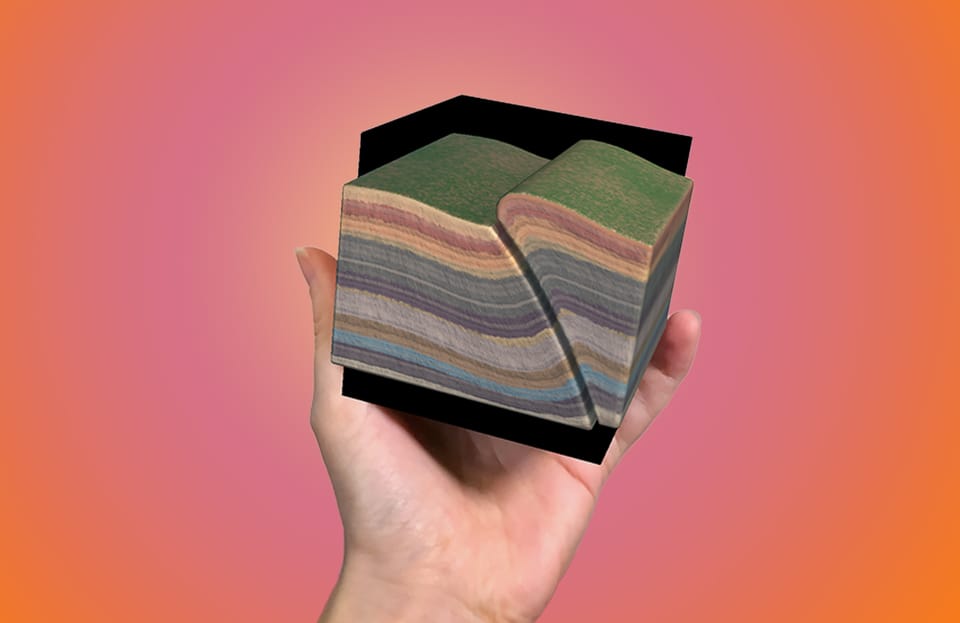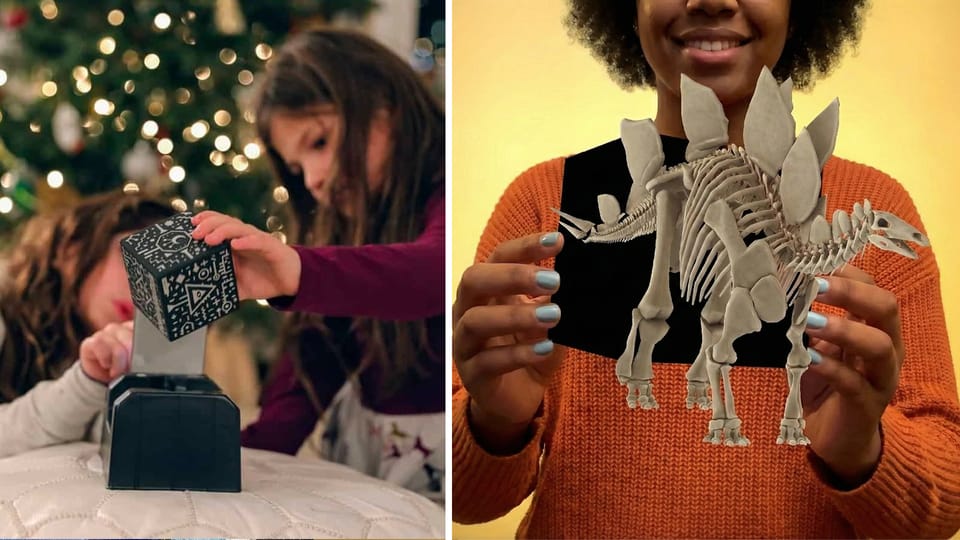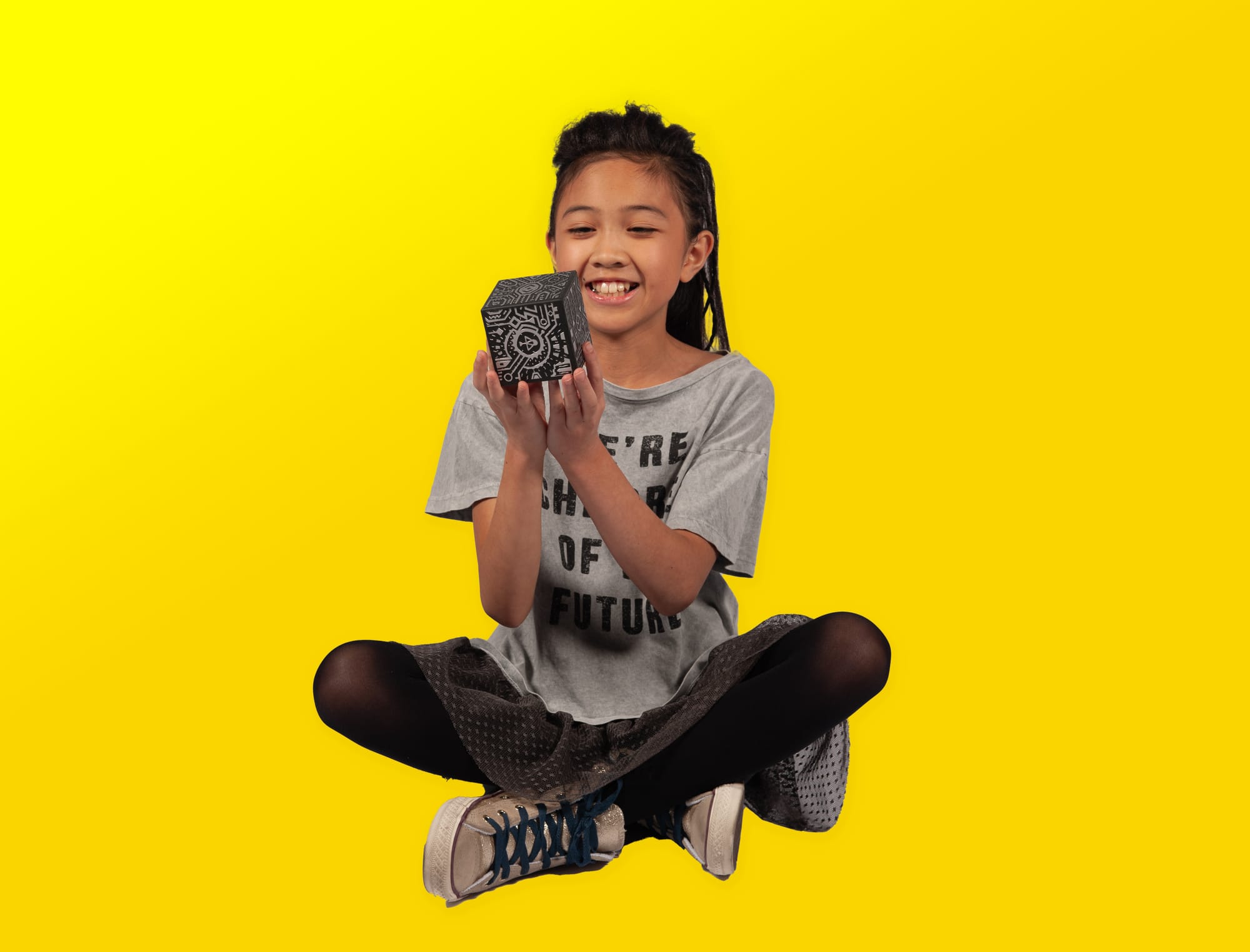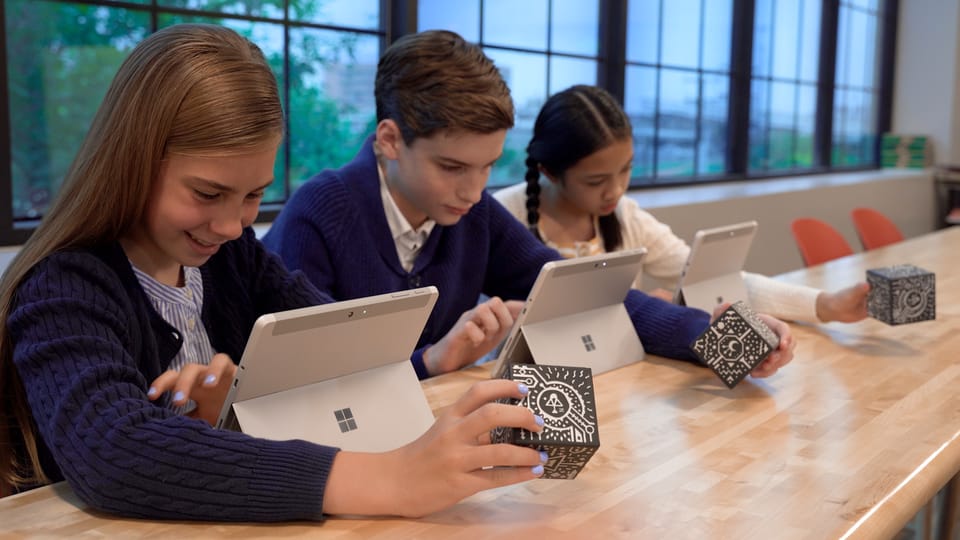🐝 The Buzz About Bees: A Merge EDU Celebration of World Bee Day
In the classroom, it’s a golden opportunity to explore pollination, lifecycles, and environmental science through the lens of these fascinating insects.
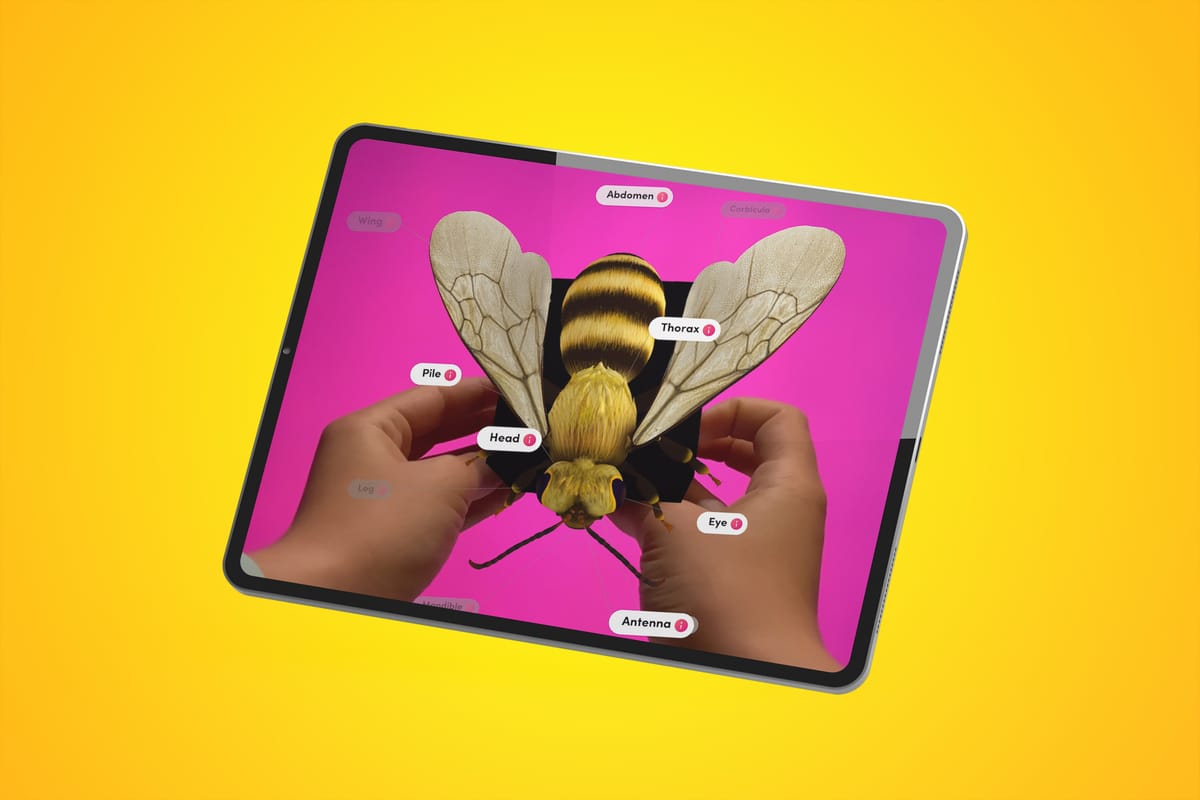
Celebrate World Bee Day on May 20
Bees might be tiny, but their impact is enormous! World Bee Day on May 20 reminds us of the critical role bees play in food production, ecosystems, and biodiversity.
And Merge EDU gives you the tools to bring the hive straight to your students’ hands, without the risk of getting stung!
🌼 Pollination and the Bee Life Cycle
With Merge Explorer and Object Viewer, your students can inspect bee anatomy and observe pollination in action—all without ever leaving the classroom.
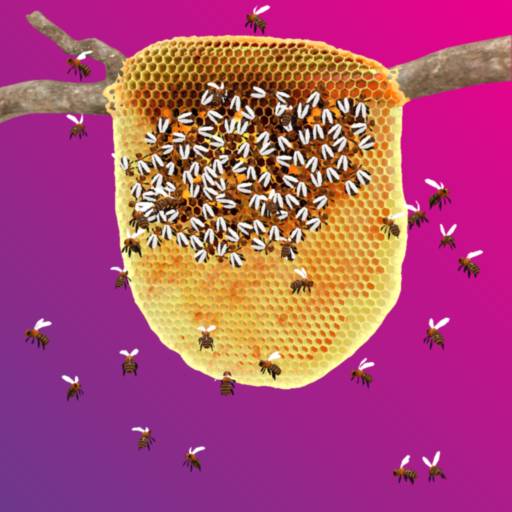
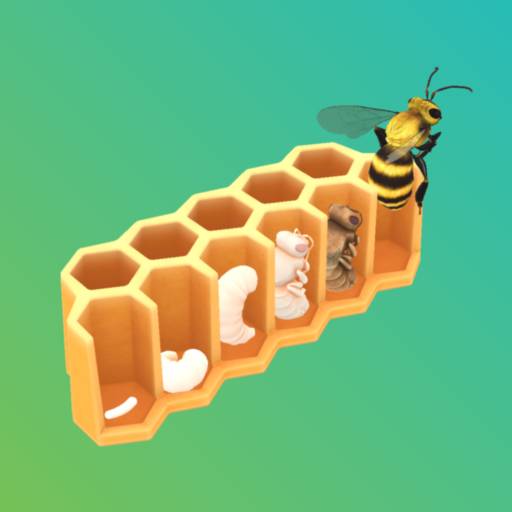
Here’s how to celebrate Bee Day with Merge EDU:
✅ Watch a bee pollinate a flower using Merge Explorer simulations
✅ Explore the bee life cycle using 3D models in Merge Object Viewer
✅ Use screen recording to make bee-focused educational videos or AR documentaries to share
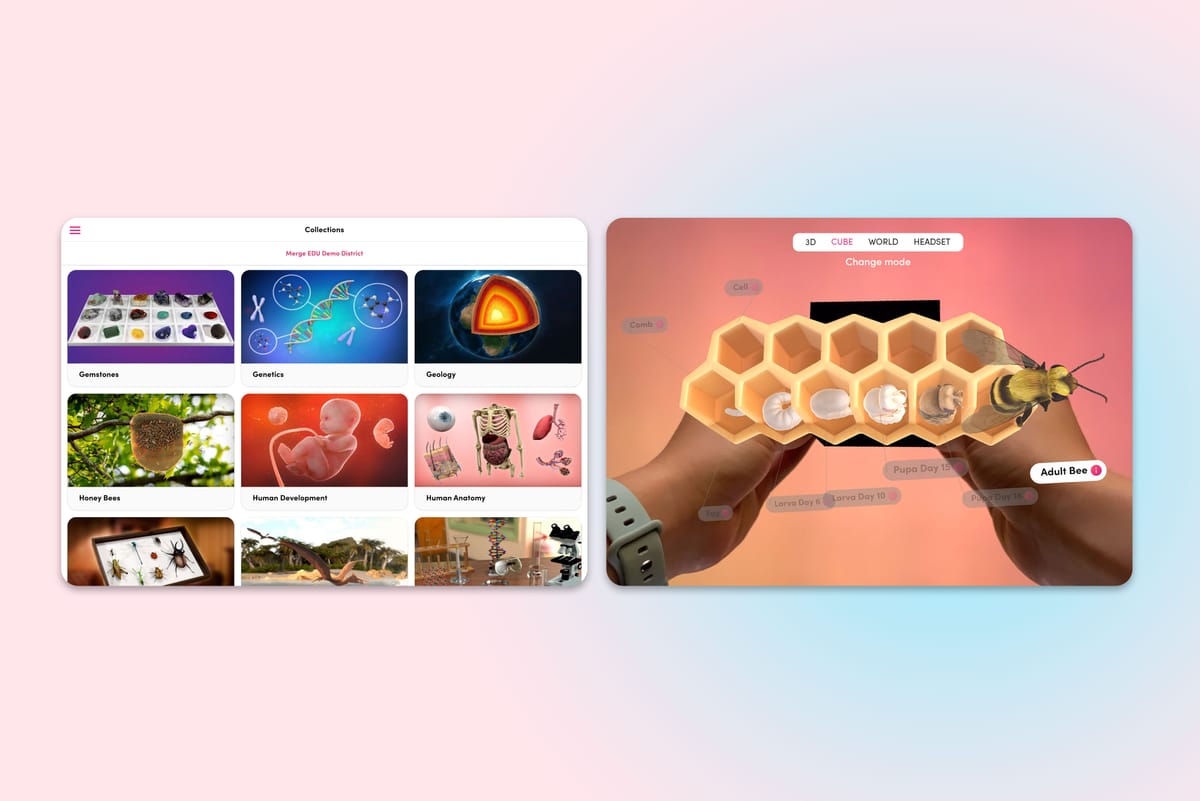
🧠 How Hands-on Lessons with AR Make a Difference
1. Makes Invisible Processes Visible: Normally it’s difficult to get an up-close look at a bee collecting and transferring pollen from flower to flower, but with Merge EDU and a Merge Cube, every student can experience this magical process of nature up close.
2. Supports Cross-Disciplinary Learning: Linking technology and science with art, ELA, or geography by creating posters, writing bee diaries, or mapping bee habitats around the world not only encourages remembering, but also application and creation. (link capstone bee day blog from last year)
3. Encourages Local Action: Once students learn more about bees and pollination, they can engage in extension activities, such as designing bee-friendly gardens, tracking native pollinators, or advocating for pollinator-safe practices at school or in their community.
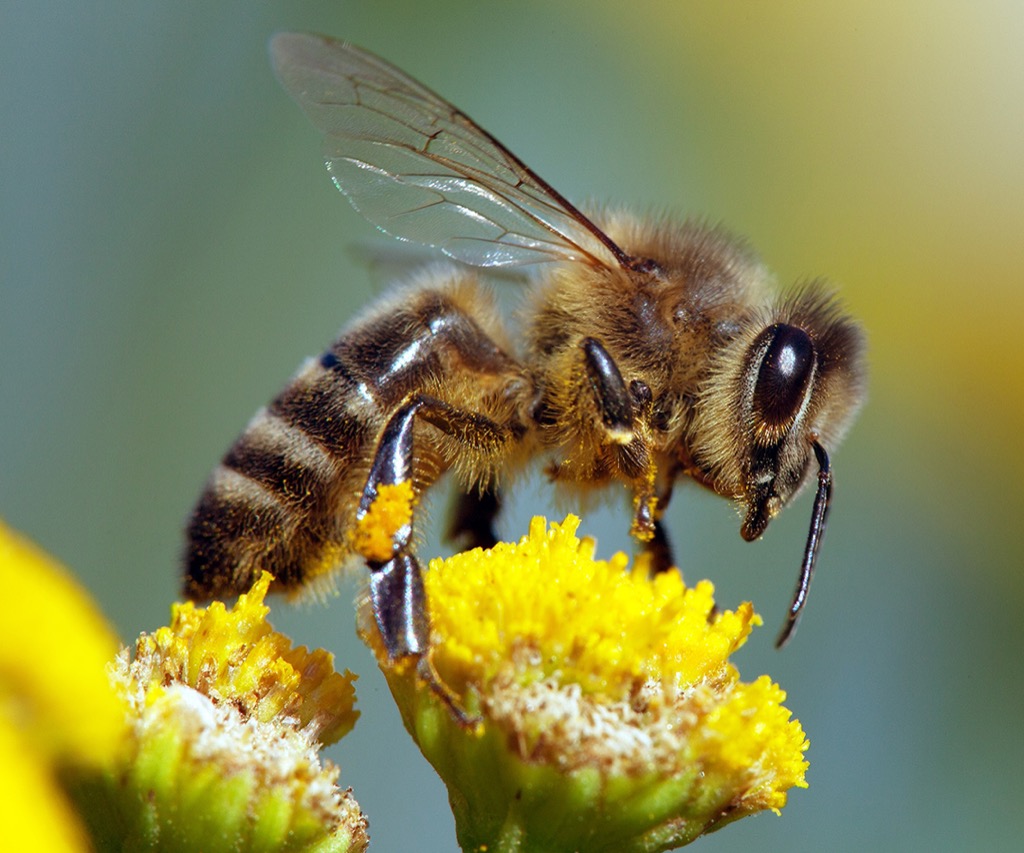
Get Buzzing: Sign up for a free trial today to check out Merge EDU today, and celebrate World Bee Day with a lesson that will engage and inspire your students!! Tag @Merge on Instagram to share the excitement 🐝





